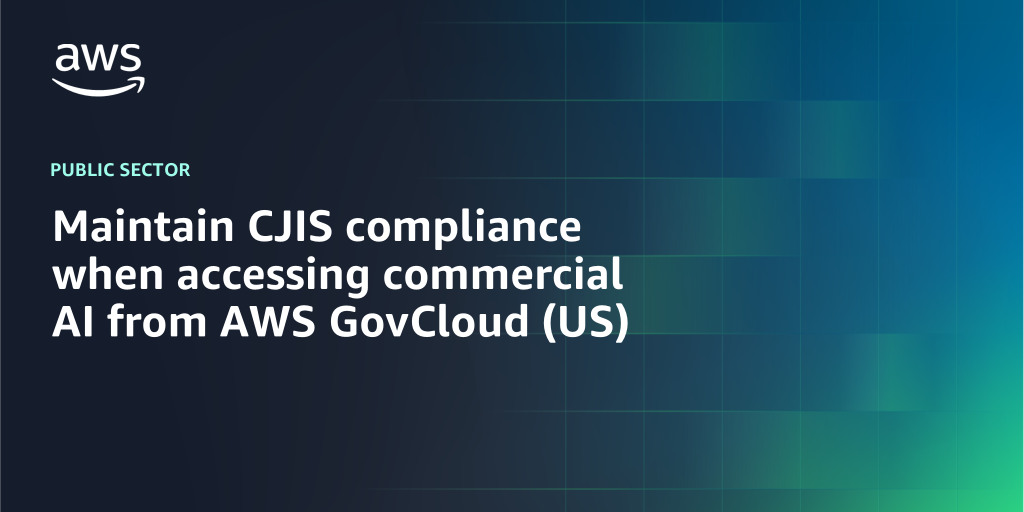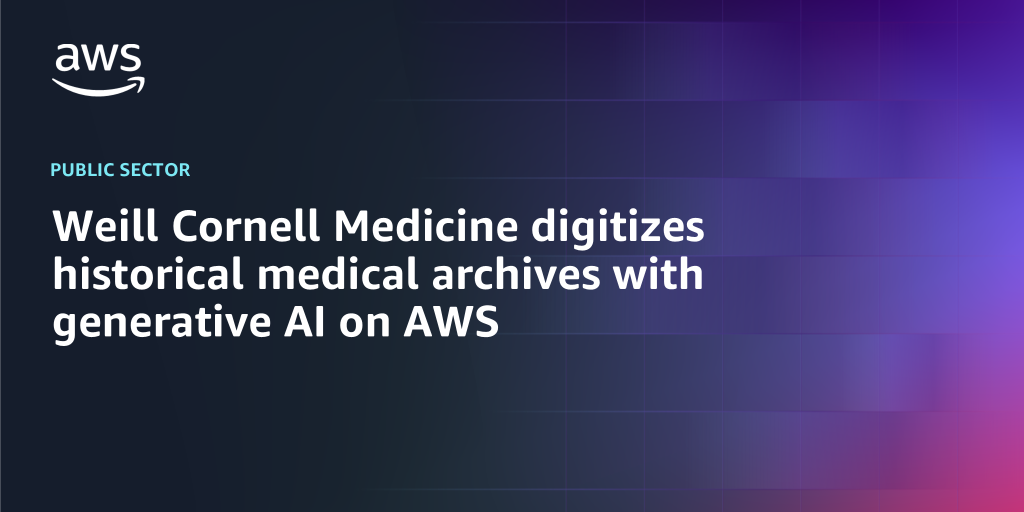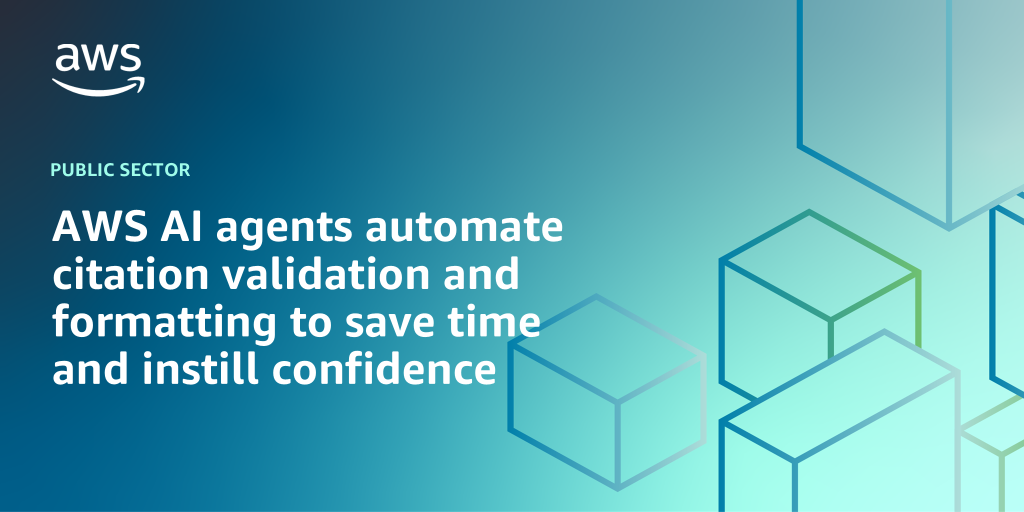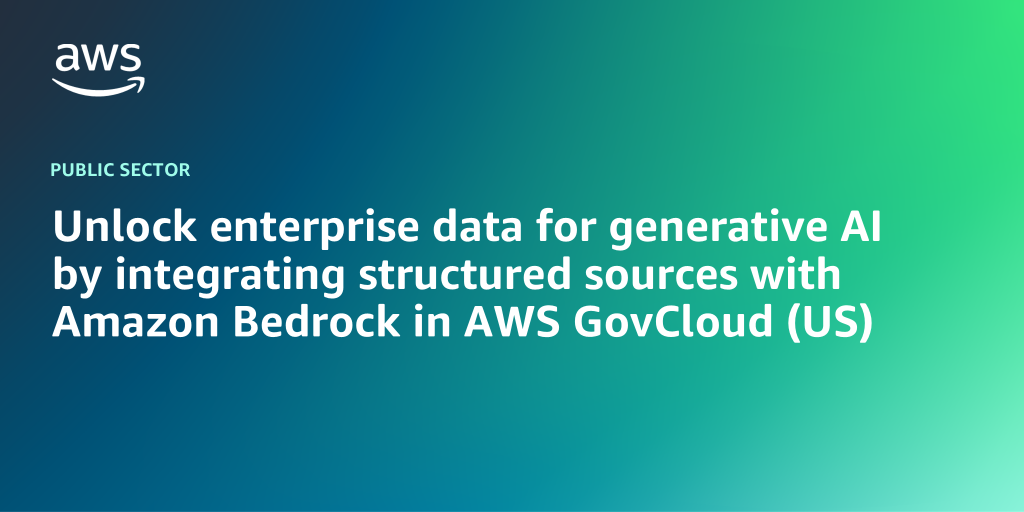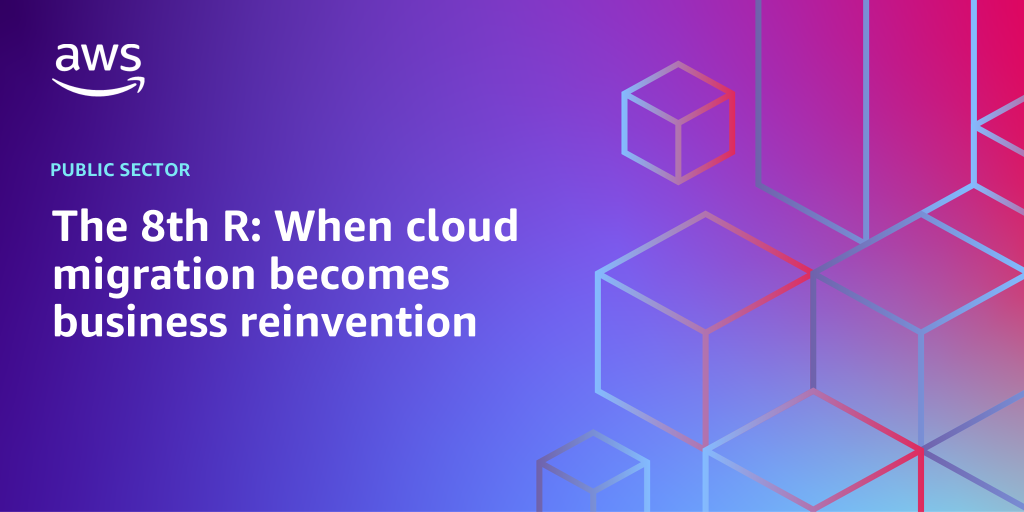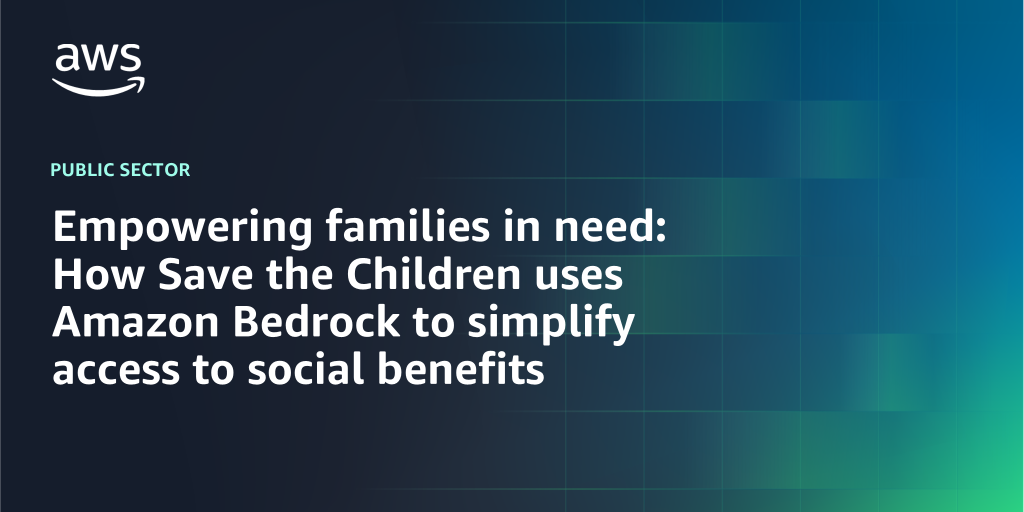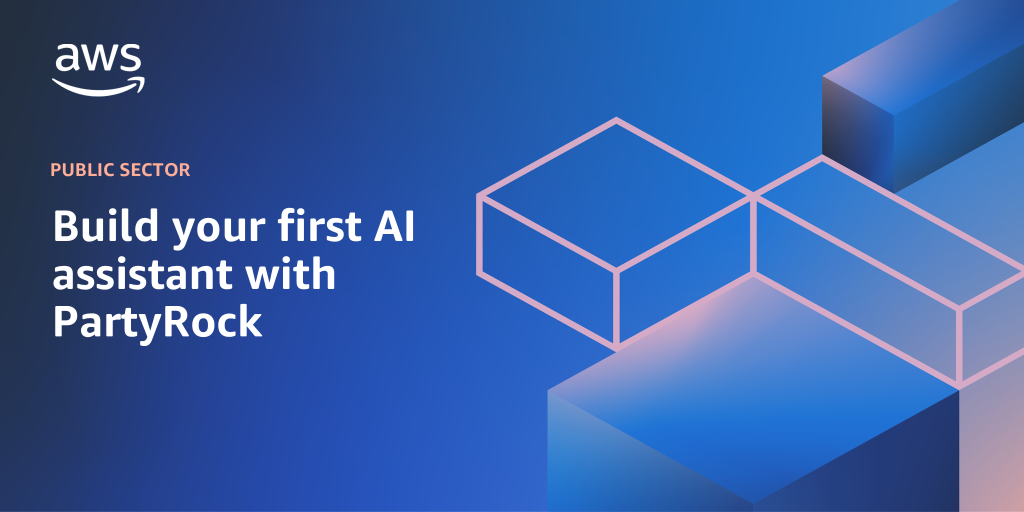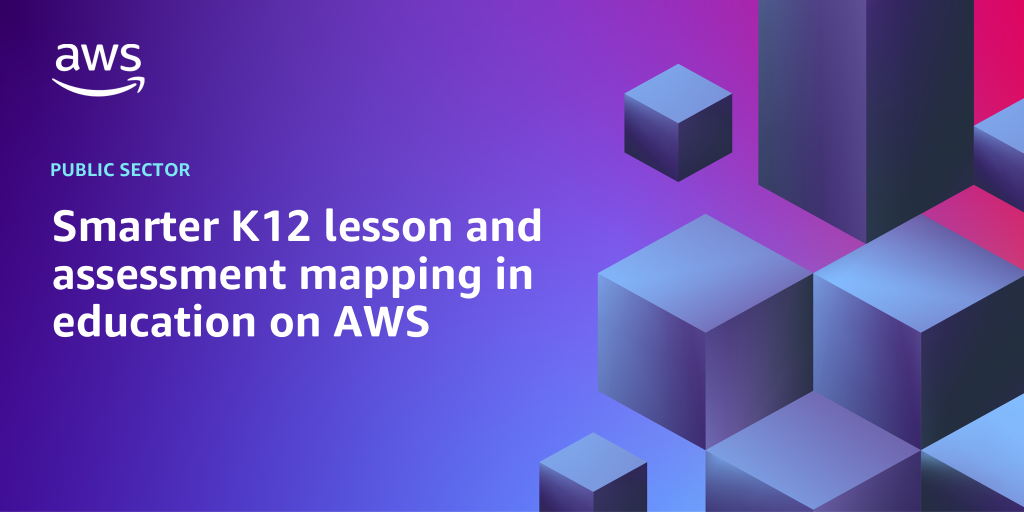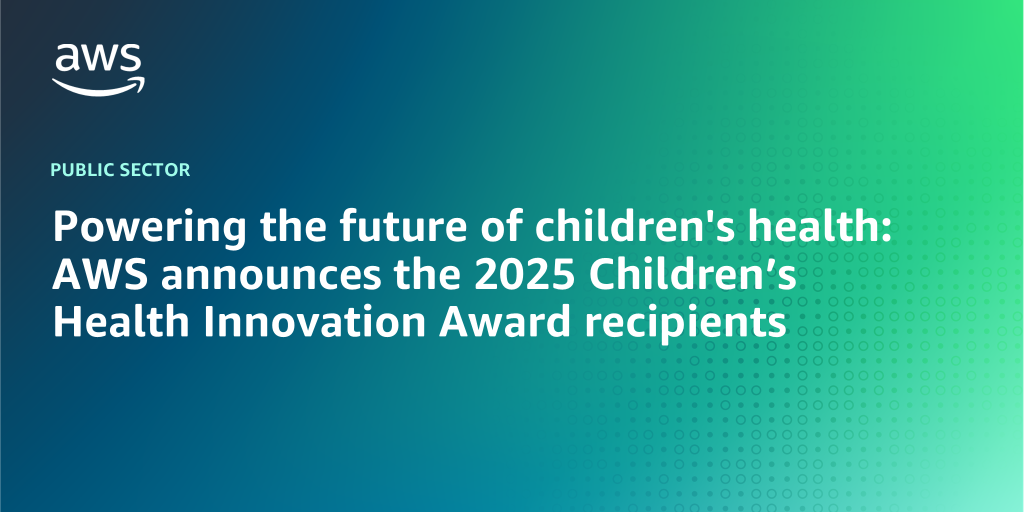AWS Public Sector Blog
Category: Amazon Bedrock
Maintain CJIS compliance when accessing commercial AI from AWS GovCloud (US)
While Criminal Justice Information Services (CJIS)-compliant workloads can run in standard US AWS Regions, some Justice and Public Safety (JPS) agencies may choose AWS GovCloud (US) for their sensitive workloads. These organizations can securely access cutting-edge artificial intelligence (AI) models from AWS Standard US Regions through FIPS-validated endpoints ensuring that all data is securely encrypted with FIPS 140-3 encryption as required by CJIS. This access can maintain CJIS compliance through secure cross-partition connectivity.
Weill Cornell Medicine digitizes historical medical archives with generative AI on AWS
In this blog post, you will learn how Weill Cornell Medicine used generative AI to build a secure, searchable interface for its historical medical archives and unlock new research opportunities while preserving the integrity of these one-of-a-kind materials.
AWS AI agents automate citation validation and formatting to save time and instill confidence
Now you can save time and instill confidence in documents more quickly by using Amazon Quick Automate, which creates a set of agents to complete complex business tasks with reasoning. Amazon Quick Automate is a powerful multi-agent automation capability within Amazon Quick Suite that streamlines complex enterprise processes spanning multiple departments, systems, and applications. Read this post to learn more.
Prompt engineering with PartyRock: A guide for educators
This post explores how prompt engineering—the art of effectively communicating with AI—can help educators guide their students in building powerful educational tools using PartyRock.
Unlock enterprise data for generative AI by integrating structured sources with Amazon Bedrock in AWS GovCloud (US)
In this blog post, we demonstrate how public sector organizations can overcome the challenges that emerge when integrating Amazon Redshift and other AWS relational databases with Amazon Bedrock. You’ll learn how to utilize enterprise data to generate AI-powered analytical insights by using natural language queries through Amazon Bedrock Agents and Amazon Bedrock Knowledge Bases. This custom solution enables seamless connectivity between your structured data sources and generative AI applications, eliminating the need for data duplication and significantly reducing development effort.
The 8th R: When cloud migration becomes business reinvention
Traditional cloud migration approaches followed the established 7 Rs: Rehost, Refactor or re-architect, Relocate, Repurchase, Replatform, Retain, and Retire. However, we now see the emergence of an 8th R, Reinvention, which is transforming government agencies into dynamic public value engines. Read this post to learn more.
Empowering families in need: How Save the Children uses Amazon Bedrock to simplify access to social benefits
Through the innovative use of Amazon Bedrock and other AWS services, Save the Children España created a transformative solution that addresses a critical social challenge. This web application not only simplifies access to social benefits for vulnerable families, but also empowers social workers with better tools to support their communities. Read this post to learn more.
Build your first AI assistant with PartyRock
PartyRock, an Amazon Bedrock playground from Amazon Web Services (AWS), makes creating artificial intelligence (AI) applications simple and engaging—even if you have never written a line of code. With just a few steps, you can build your own AI assistant to help with homework, share with friends, or spark new creative ideas. Read this post to learn more.
Smarter K12 lesson and assessment mapping in education on AWS
In this post, we explore how a graph-based student assessment system powered by AWS services can bring automation, accuracy, and adaptability to the standards-alignment process. With this modern approach, EdTech platforms can deliver scalable, standards-compliant, and personalized learning experiences across K12 learning environments.
Powering the future of children’s health: AWS announces the 2025 Children’s Health Innovation Award recipients
Today, on National Child Health Day, AWS is proud to announce the recipients of the 2025 AWS Imagine Grant Children’s Health Innovation Award (CHIA). This year’s cohort recognizes ten leading healthcare, research, and humanitarian organizations who are using AWS to realize a common vision: creating a world where every child has the opportunity to thrive through innovative solutions that predict, prevent, and address health challenges.
